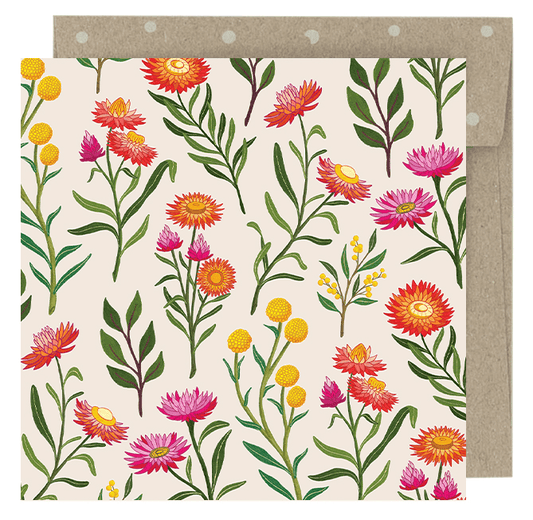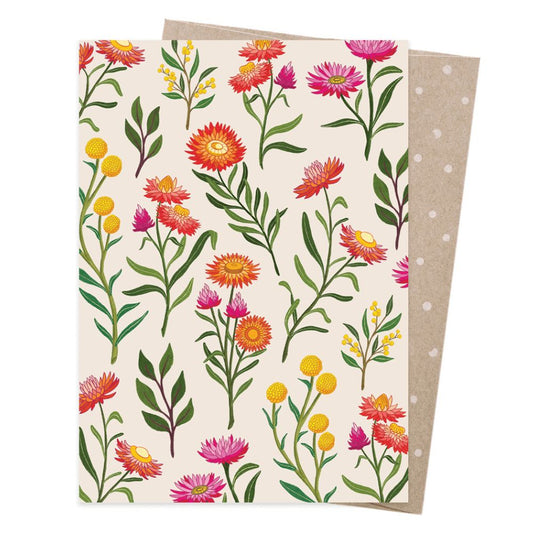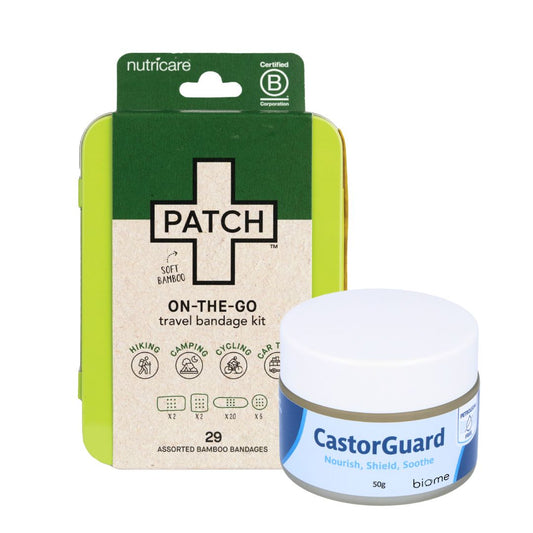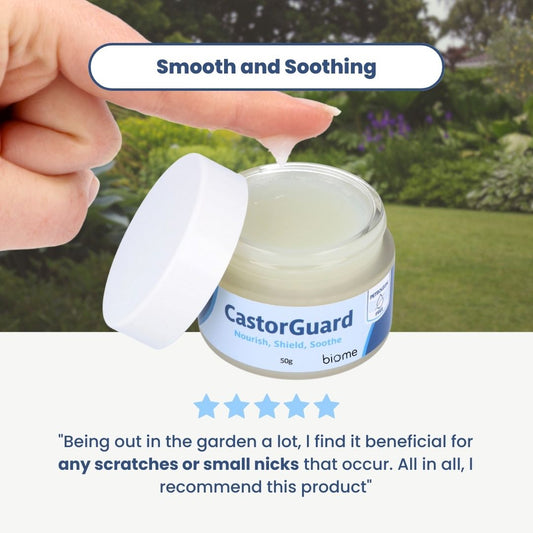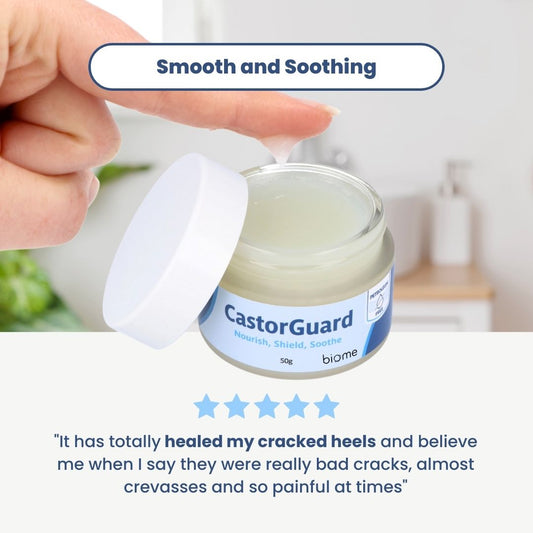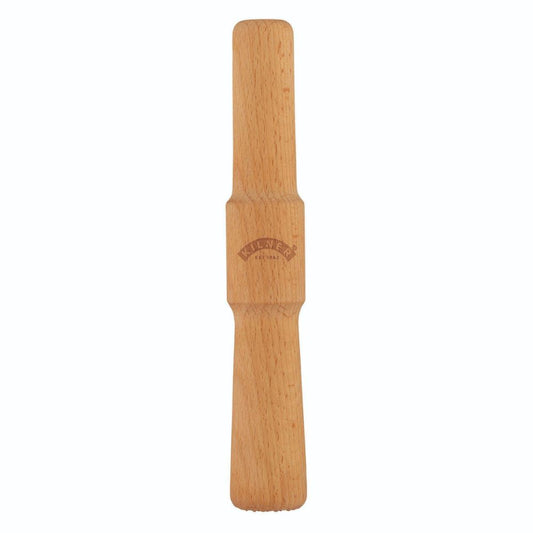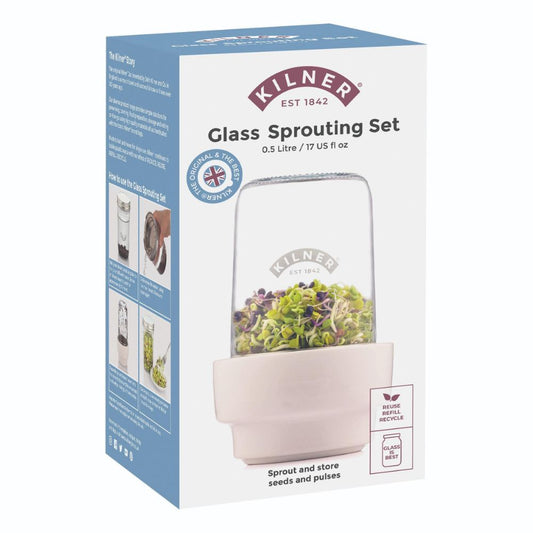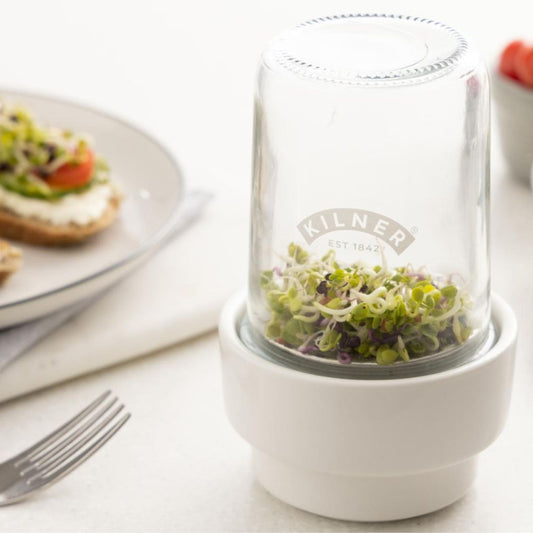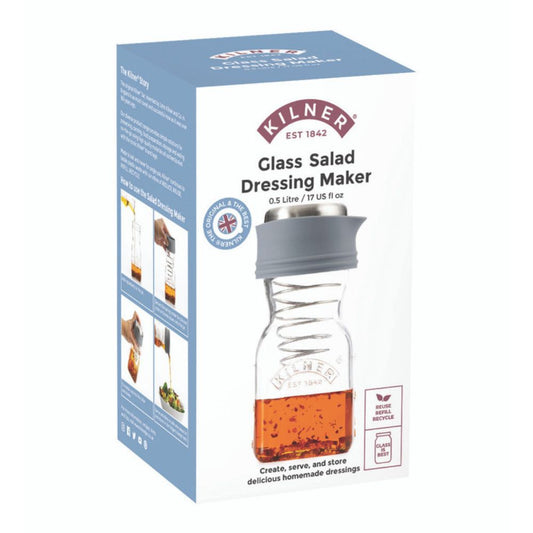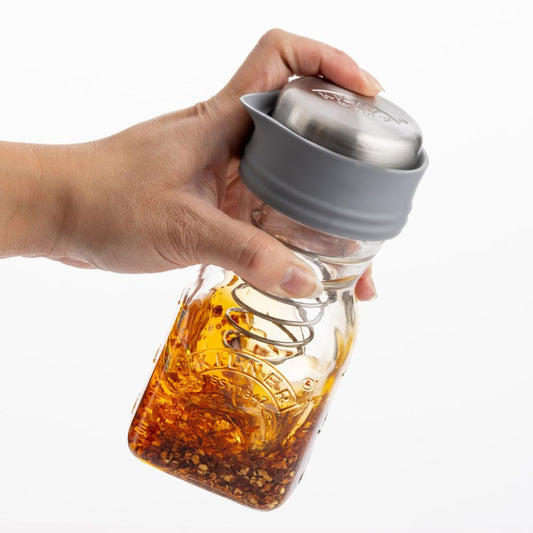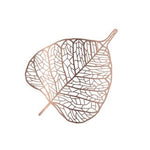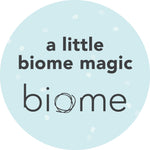
If you take medicines or supplements, chances are you have some blister packs lying around–you know those plastic and foil packages that hold your pills. But, do you know what to do with them when they are empty? You might think they can go in your recycling bin, but that’s not the case. A blister pack is a tricky type of waste that needs special treatment.
Here we explain what blister packs are, why they're hard to recycle, and how to recycle them in Australia.
We know you want to help preserve precious resources with blister pack recycling, so read on!
What is a blister pack?
A blister pack is a type of plastic and foil packaging that has a pocket for holding a tablet, capsule or lozenge. The cavity is usually covered with a foil seal that can be peeled or pressed to access the product.
Blister packs are used for medicines, tablets, capsules, lozenges, and supplements such as paracetamol, ibuprofen, the contraceptive pill, reflux tablets, and thousands of prescription medications. They provide tamper resistance and shelf life. Blister packs are also known as bubble packs or push-through packs.
However, blister packs are plastic waste that cannot be recycled through the kerbside bins. Disappointingly, the most common plastic used is polyvinyl chloride (PVC), a highly harmful plastic in its production, use and disposal.
According to Chemists Own, Australians use about 300 million blister packs of medicines every year. This does not include supplements and over-the-counter products, so the actual number of blister packs used is much higher.
Why blister packs are hard to recycle
- Sheets are composed of different materials stuck together so difficult to separate and process.
- Blister packs are not accepted by most councils or recycling facilities, as they do not have the equipment.
- Small and lightweight, they are easily lost or stuck in the sorting machines, or end up polluting the environment.
Whose responsibility is it to recycle blister packs
Until early 2023, Biome provided a service for our customers to post or drop off their empty blister packs and we would pay for them to be recycled. However, we did not foresee the immense volume of packs that we would receive and the amount of money it would cost us. We were looking at a $40,000 bill that we could not afford.
We certainly showed there is a great demand to recycle blister packs. Thousands of people can see it is not good to be sending these resources to landfills and want to do the right thing. How is it then that the big pharmaceutical companies are burying their heads in the sand?
We've run a Hard to Recycle Program at Biome since we opened our first store in 2005. We were the first retail store in Australia to start a recycling program for our customers, now several other retailers have followed our lead.
In 2022, Pfizer made a net profit of nearly $22 billion US dollars! They have teams of people looking after their Environmental and Social Governance (ESG), and yet, they leave tiny businesses like Biome to organise and fund the recycling of their waste.
It's actually quite astonishing!
How to recycle blister packs
1. Post them back to the head office of the company that produced them in the first place.
It is now widely accepted that corporations must exercise social and environmental responsibility, including managing the end-of-life of their products. The OECD calls this Extended Producer Responsibility*.
Unless these brands start seeing and hearing directly from their customers, it appears they will not act.
As recommended by Craig Reucassel on War on Waste Series 3, it's time for them to #takebackblisterpacks
You can usually find the manufacturer's name and address on the packaging of your medication. But we also have a handy list here for you to use.
2. Drop to a participating pharmacy.
Some organisations that have stepped up to fill the void and offer blister pack recycling.
Chemists’ Own sponsors a free Blister Pack Recycling Program through Terracycle that allows Australians to drop off their empty blister packs at participating pharmacies, mostly in regional New South Wales, Victoria and Queensland. Find out the drop off locations here.
Pharmacycle also runs a program. Participating chemists include Blooms and National Pharmacies. Find a Pharmacycle drop off location
3. Pay to have them recycled In Australia.
Recycling blister packs involves collecting, sorting, shredding and melting the materials into plastic pellets or flakes, which can then be used to make new products such as park benches, watering cans, and garbage bins.
We are incredibly grateful to those of you who are able to pay for recycling.
Pharmacycle
Pharmacycle is a partnership between PanelCycle, The Activ Group and Netnada, that provides local processing and full transparency for blister pack recycling here in Australia.
Pharmacycle offers a pre-paid satchel available at Biome with return postage to them included in the cost. The Pharmacycle Recycle at Home Satchel holds approximately 150 – 200 blister packs.
Terracycle
Terracycle is an international recycling company that takes difficult-to-recycle packaging and turns it into innovative products.
The TerraCycle Blister Packs Box available to purchase from Biome is a paid service for individuals or organisations to fill with their blister pack waste. Once the box is full, it is shipped back to TerraCycle for recycling. Terracycle advised us that the blister packs they accept are recycled in Australia.
TerraCycle also offers other boxes for different types of waste, such as beauty products, office supplies, toys, media and more.
MORE READING
Benefits of recycling blister packs
- Recycling blister packs helps reduce the amount of plastic waste that goes into landfill, where it can take hundreds of years to break down and release harmful chemicals into the environment.
- Recycling blister packs helps conserve natural resources and energy that would otherwise be used to produce new materials.
- Recycling blister packs helps support the circular economy and create new markets for recycled products.
- Recycling blister packs helps improve medication adherence and safety, as it encourages people to take their medicines as prescribed and avoid potential mix-ups or overdoses.
Are there alternatives to blister packs?
Blister packs are a convenient and effective way of packaging medicines and supplements, but they also pose a challenge for recycling.
Recycling them helps divert plastic and aluminium waste from sitting forever in landfill. However, it is a difficult and costly process.
The ultimate solution rests with the pharmaceutical and other companies making the products to implement alternative solutions to package their products that are more easily recyclable and refillable.
There are already some options such as Paper blisters that use cardboard with a water-based sealing technology that can be peeled or pressed to access the product, and which is recyclable in the paper stream.
Tablets can also be packaged in plastic or glass containers with child-resistant caps.
Once the norm, compounding pharmacies are the bulk foods store equivalent. They can prepare and dispense medication as needed.
What is Extended Producer Responsibility
Extended Producer Responsibility (EPR) holds producers responsible for the collection and recycling of specified volumes of plastic that they produce and place into the market. However, despite this imminently sensible policy, there is no legal requirement in Australia or many other countries for this approach.
The OECD defines Extended Producer Responsibility (EPR) as an environmental policy approach in which a producer’s responsibility for a product is extended to the post-consumer stage of a product’s life cycle.
An EPR policy is characterised by:
1. the shifting of responsibility (physically and/or economically; fully or partially) upstream toward the producer and away from local Councils; and
2. the provision of incentives to producers to take into account environmental considerations when designing their products.
Find out where to recycle blister packs in your State here.
MORE READING
Why Australia Needs More Downstream Uses for Recycled Plastics




